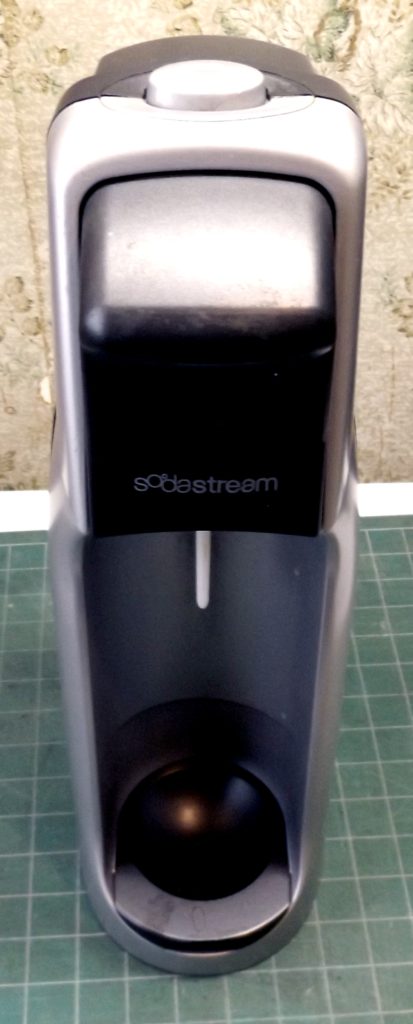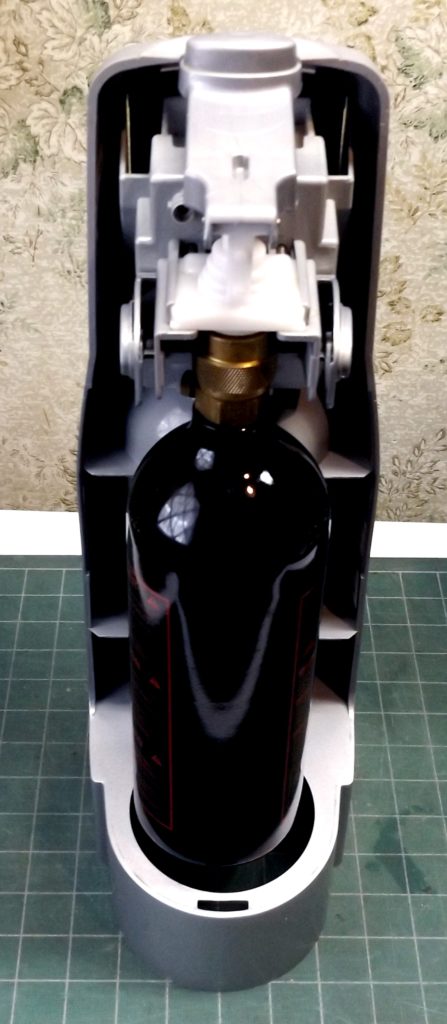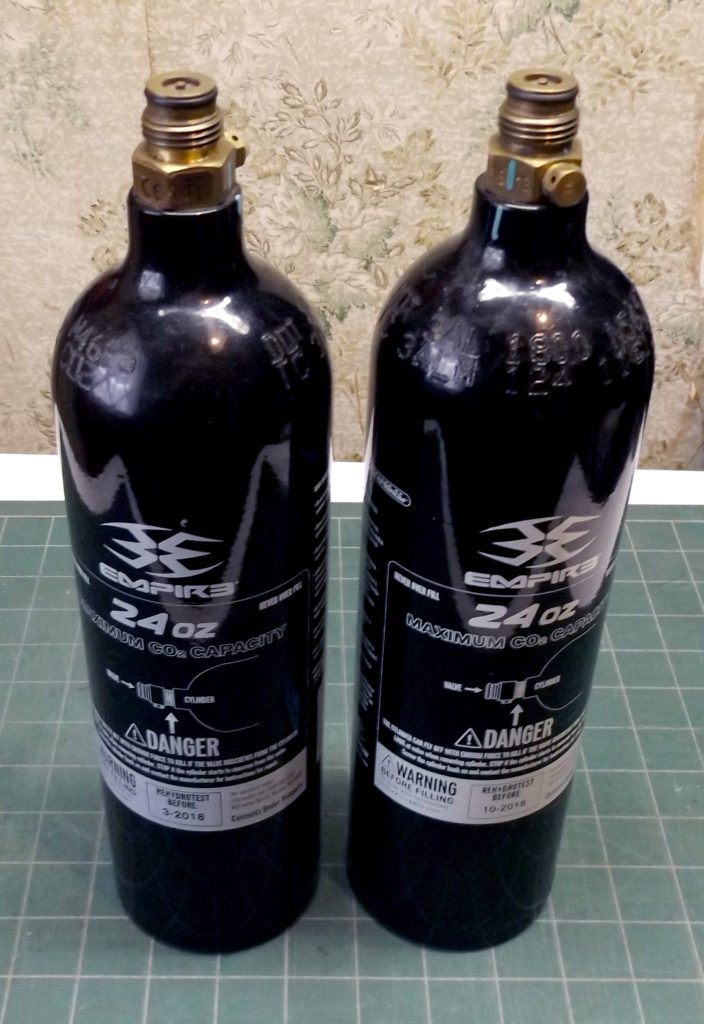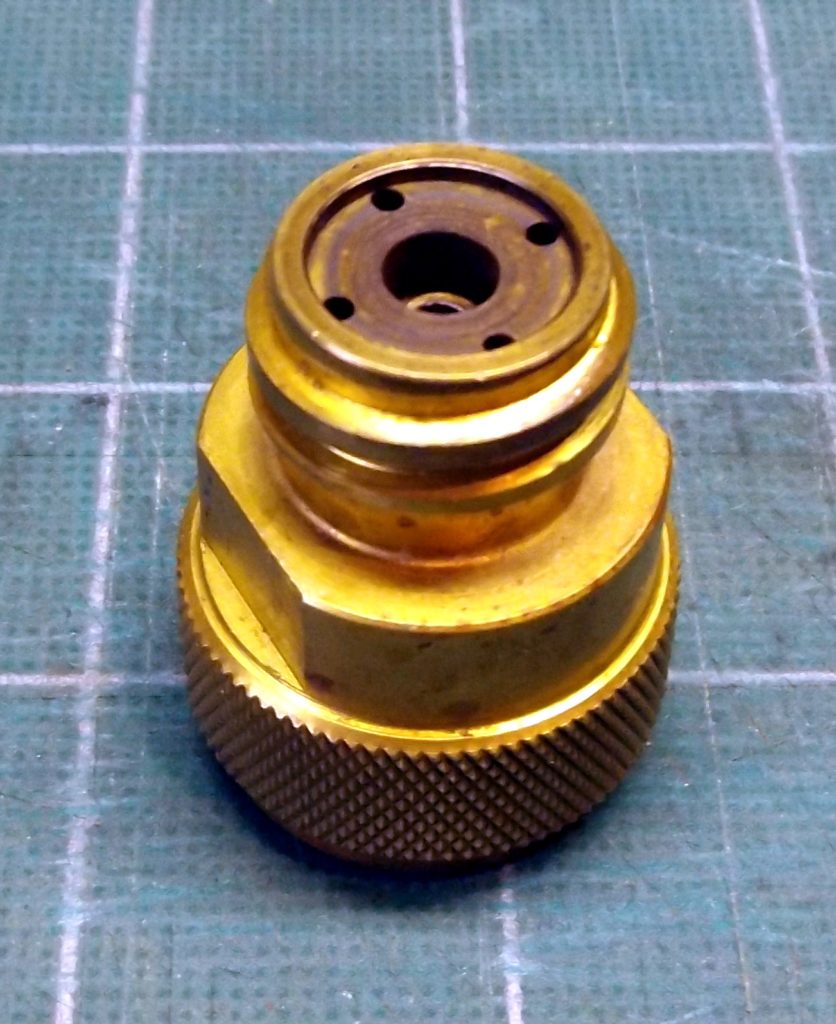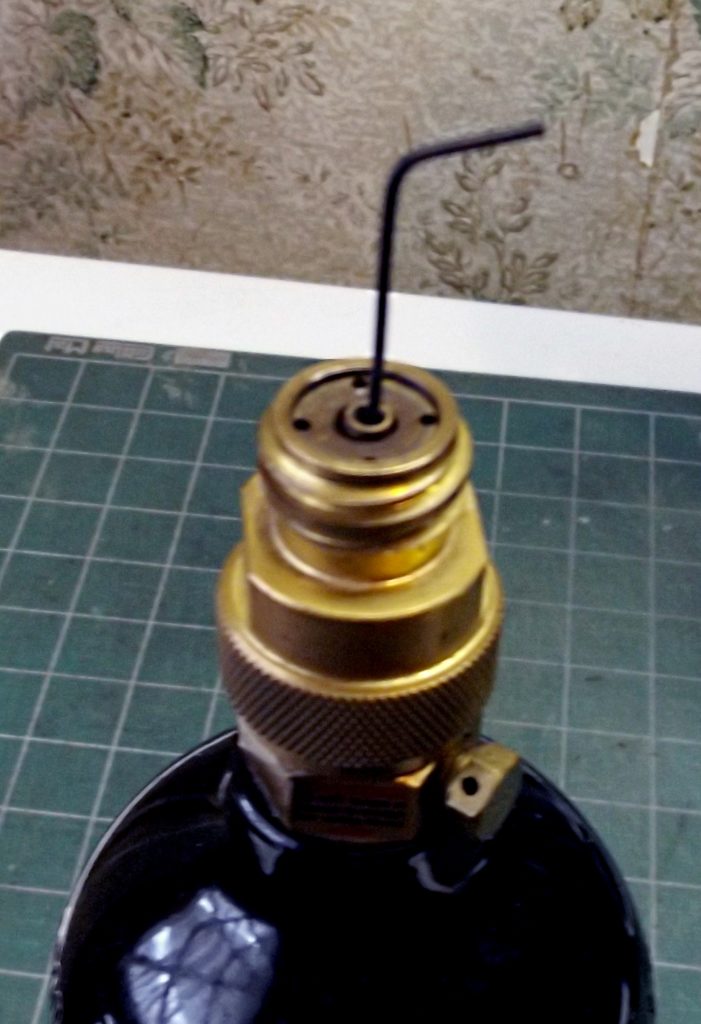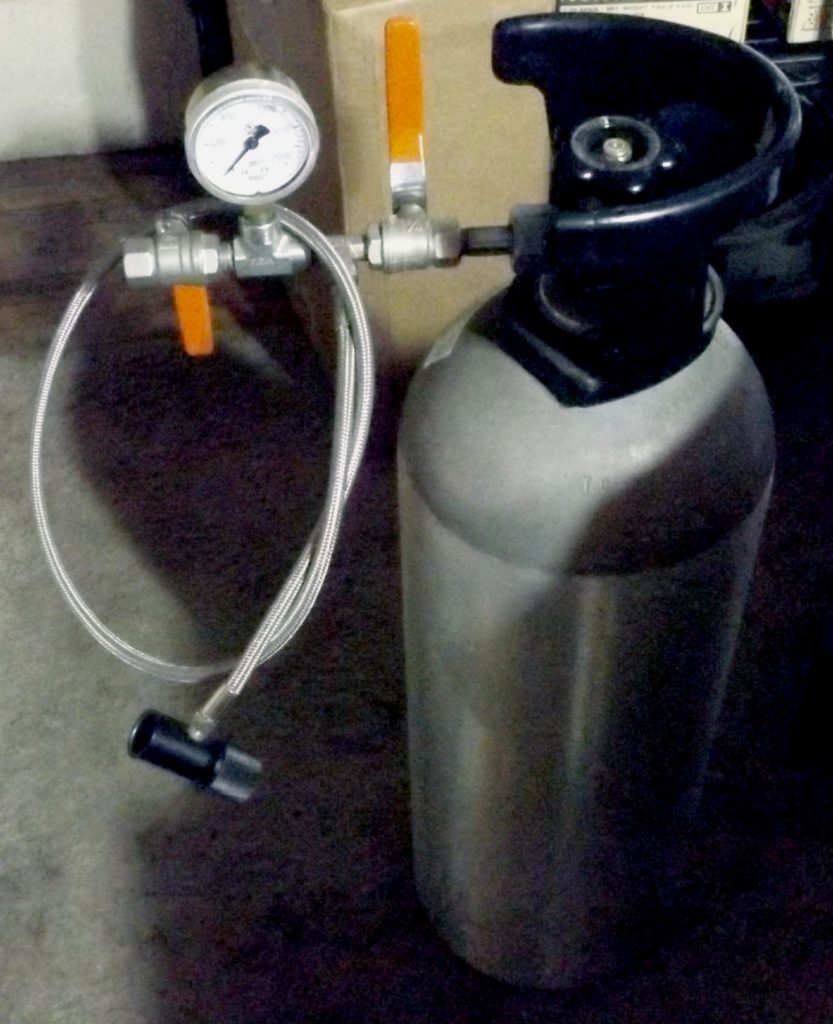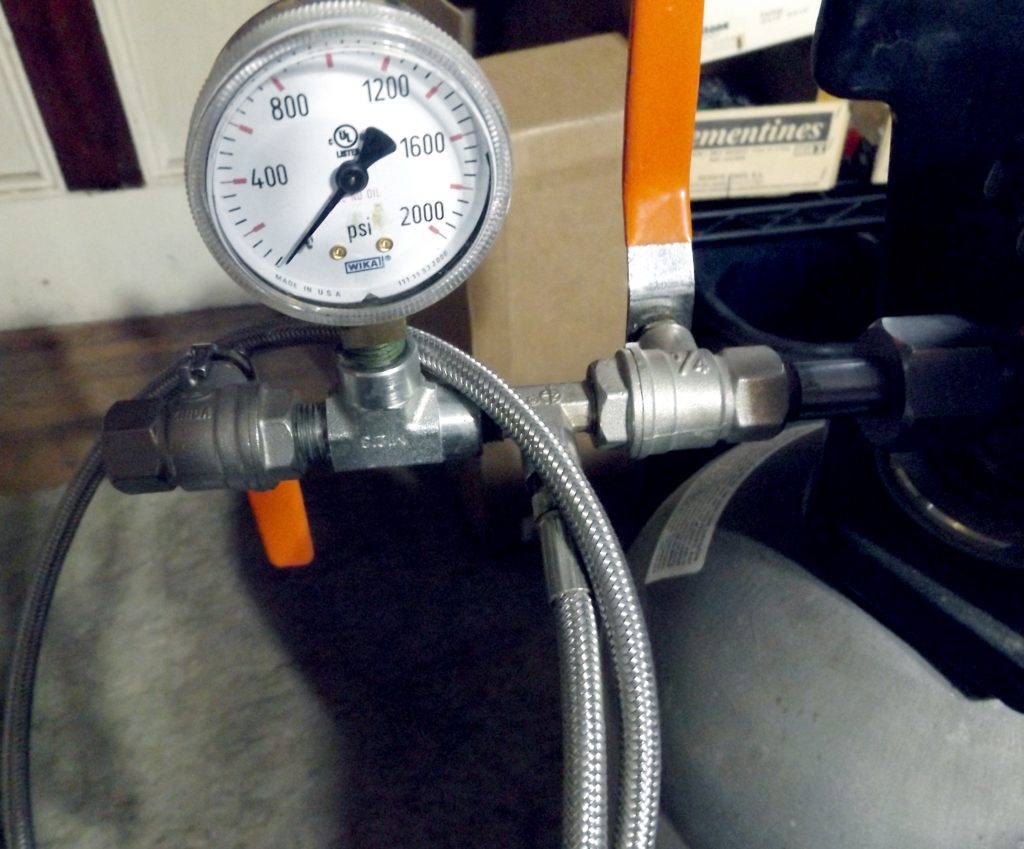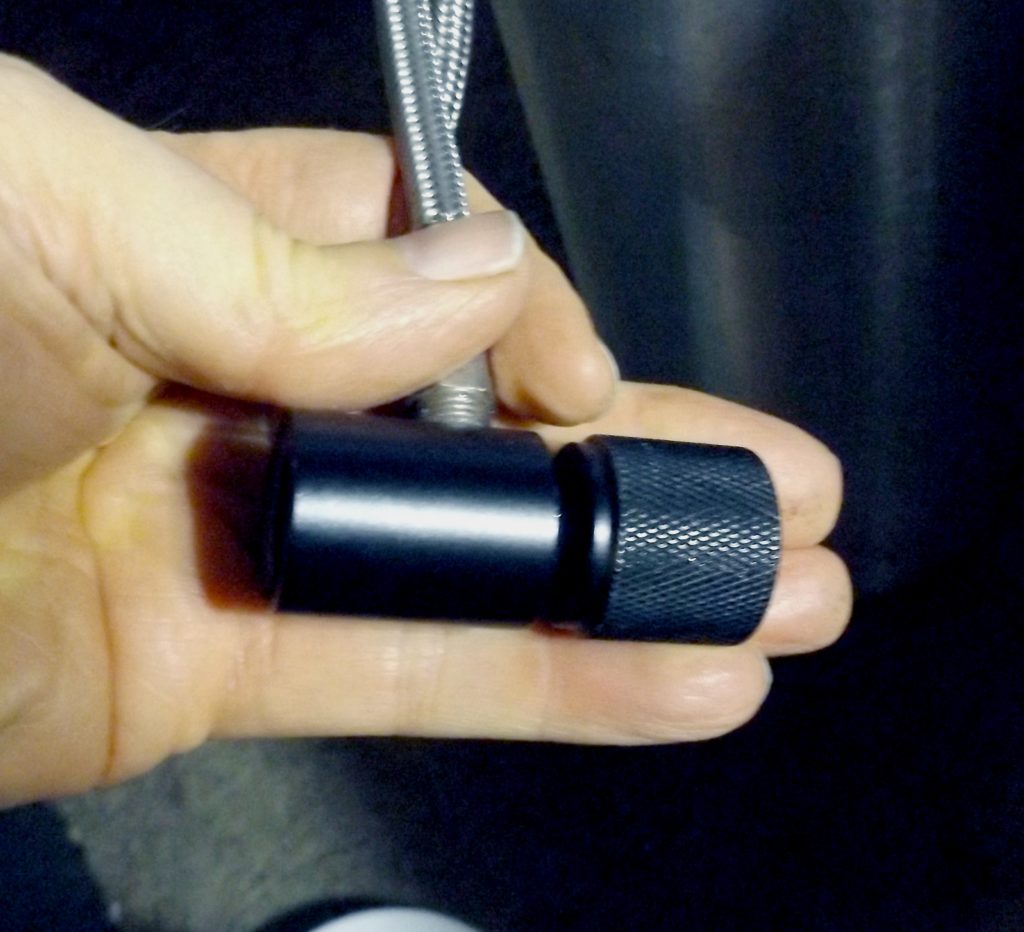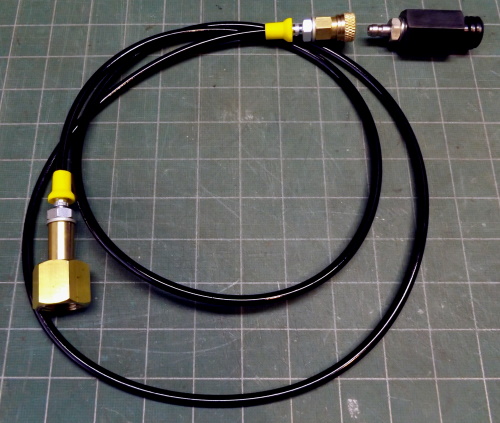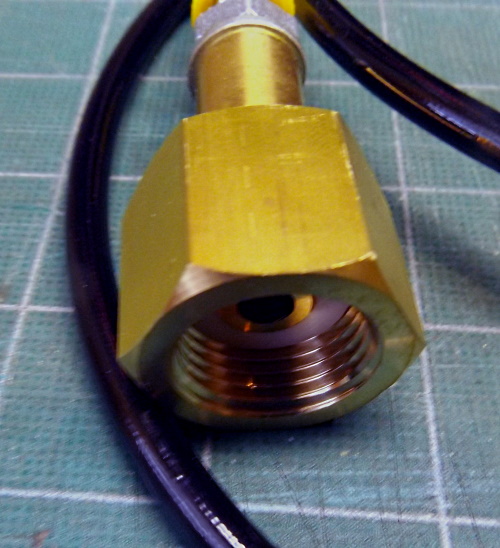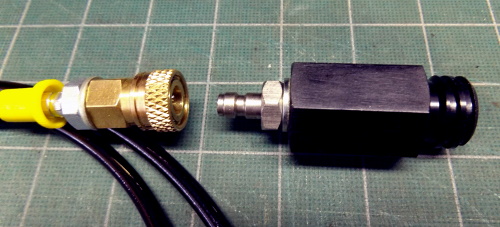Part 2: Making Your Own Sodamix
The first post in this series tells how to avoid having to buy or refill the expensive Sodastream CO2 carbonation cylinders. This second post will introduce various ways to make your own sodamix, so you don’t have to buy that from Sodastream either.
Sodamix is the syrup you add to seltzer to make soda. Sodastream bottled flavors are a form of sodamix.
There are several good articles on this subject, which you can find by searching, and which are written by people who are as obsessive about this kind of stuff as I am. Much of what I present here came from that information. But I also learned a lot myself along the way.
What You Need to Get Started
There are some things you’ll need right away. I’d suggest just buying the ones you don’t already have. They’re not expensive.
Dispenser bottles: I started out using the original Sodastream sodamix bottles to bottle my own. I quickly learned that they are just too small to bother with. I found quart squeeze bottles like restaurant kitchens use work very well. I started with six, which has turned out to be a good number. Amazon has lots of them for a couple of bucks each. I got mine from US Plastic, item number 60147. These are also a couple of bucks once you add shipping. The bottles have little red caps that get lost. Just throw them out.
Utensils: you’ll need a container, a funnel, and a spoon. I use a beaker for a container, but any glass or plastic measuring cup will do. If you don’t have an appropriate-sized funnel, just buy a set of them.
Digital scale: you need a good one, that reads to .01 gram and goes up to 500 grams or more. These are dirt cheap on Amazon or eBay; figure about $15. Buy one. Be sure it has a “tare” function; I think they all do.
An Overview of the Process
The key ingredient in making your own sodamix is flavor concentrate. This is very, very concentrated flavor, without any sweetening added. I buy it from a company called Rio Syrups, but they aren’t set up for retail sales and sell in large quantities, so I buy it in bulk, rebottle it in pints, and sell it on eBay. A pint of concentrate will make about a gallon of sodamix, which in turn will make a whole lot of soda, 64 or more liters depending on how strong you like it.
I’m also selling 2-oz sample bottles of flavor concentrate on eBay. If you just want to see if making your own sodamix is something you want to do, or to try out one of the flavors, it’s a cheap way to do so. The sample-size bottles make about a pint of sodamix (roughly equal to one bottle of Sodastream flavors), which in turn makes about 8 liters of soda.
You’ll also need sweetener. If you don’t mind the calories (and the diabetes), you can use sugar. I prefer diet soda and use artificial sweetener. I’ve tried a number of combinations, and have settled on a mix consisting primarily of stevia, since it seems to have the fewest people saying it’s bad for you, and my mix tastes to me just like sugar.
Lastly, you’ll need a bit of preservatives. Sodamix will get moldy if you don’t use it. If you look at the ingredients Sodastream uses, preservatives are in there too. I’ve settled on a little citric acid and a tiny bit of sodium benzoate. I don’t refrigerate my home-made sodamix with the preservatives in there. If you choose to avoid preservatives, you’ll have to refrigerate it.
Once you get set up to make sodamix, you measure out the ingredients in grams using the scale, which gets reset to zero after adding each ingredient using the tare function. Then dump everything in a quart bottle using the funnel. Rinse your mixing container several times with hot water and dump that in too, to be sure to get everything. Shake well, fill the rest of the way with cold water, and you’re done: a quart of freshly-made sodamix. It only takes me a minute or two to make a bottle.
[Note: I also include traditional kitchen measurements in my recipe, but recommend that you go by weight instead. It’s more accurate, and much easier using your scale’s tare function.]
A note about concentrations and dilutions: there is much variation in how strong your sodamix is, and how much you use in a liter of soda. I started out trying to make everything come out the same strength as Sodastream’s sodamix, and I think what I’ve come up with is pretty close. But you can vary the quantities of the various ingredients quite a bit to get soda as strong or as sweet as you’d like. Treat these recipes as a starting point. I personally make sodamix about 25% stronger than the recipe listed below so I don’t have to make it so often. Also, don’t be too fussy about quantities as you measure things — being off quite a bit is fine.
Note that flavor concentrate is very concentrated, and also quite expensive. It costs me as much as $85 a gallon, so I have to charge quite a bit for what I sell. I don’t make much on it. It’s also heavy, which makes shipping expensive. If you look at my eBay listings, notice that there are quantity discounts, and a substantial combined shipping discount. You can save a lot by buying more than one.
Preservatives
I use two common preservatives to keep the sodamix from getting moldy: citric acid and sodium benzoate. Both are readily available from Amazon or eBay, in packages much bigger than you need. Citric acid is pretty innocuous but sodium benzoate might be objectionable to you; leave it out if you prefer, but if you do so keep your sodamix in the refrigerator.
For a quart of sodamix I use 0.5 gram of sodium benzoate, and 2 grams of citric acid. It’s not much but it does the trick. It comes out to about 11mg of sodium benzoate and 22mg of citric acid per 12-oz serving.
I suggest using citric acid even if you want to avoid preservatives as it also contributes to the flavor of the sodamix.
Sweetening With Sugar
If you prefer sweetening with sugar, use about 610 grams (3 cups) of sugar to a quart of sodamix. That’s a lot of sugar, well over a pound.
I’ve never tried mixing up sugar-based sodamix, so I don’t know how hard it is to make. It’s probably best to put the sugar in the bottle first, then measure out the rest of the ingredients and add them before adding water. It might not be easy to get that much sugar to dissolve. Using hot water would help.
Sweetening Without Sugar
I went through quite a few variations before settling on a stevia/erythritol blend. Stevia by itself is extraordinarily sweet but has a somewhat unpleasant aftertaste. Adding a bit of erythritol kills the aftertaste and makes it taste (to me at least) just like sugar. Erythritol is a sugar alcohol and occurs naturally in some foods.
There are many stevia blends available (often with erythritol), but what we want is pure stevia for our sodamix. It’s a little hard to find but you can get it in liquid form and in powder form from Amazon or eBay. I like to use a combination of both liquid and powdered stevia. I’ve found that 3.5 grams of powdered stevia, 9.5 grams of liquid stevia, and 12 grams of erythritol make a good combination for a quart of sodamix.
I prefer to use stevia as I think it’s healthier than other artificial sweeteners like sucralose, which is what Sodastream uses. But using sucralose is cheaper and if you don’t object to it, here’s how: use 2g of acesulfame potassium (Ace-K) plus 10g of pure liquid sucralose instead of the stevia and erythritol. The Ace-K makes it taste better and is in Sodastream’s recipe too.
The Diet Sodamix Recipe
Now let’s put it all together. To make a quart of diet sodamix, use the following ingredients along with enough water to make a quart:
| Weight | volume | ingredient |
|---|---|---|
| 0.5 g | scant 1/4 tsp | sodium benzoate |
| 2.0 g | 1/2 tsp | citric acid |
| 12 g | 4 tsp | erythritol |
| 3.5 g | 1-1/2 tsp | stevia powder |
| 9.5 g | 1 tbsp | stevia liquid |
| 130 g | 1/2 cup | flavor concentrate |
When measuring flavor concentrate (or adding sodamix to your soda), be sure to shake it well first. Actually I forget about half the time and it doesn’t seem to matter. But the label says to shake it, so I’m passing on that suggestion. Some of the concentrate flavors, like the colas, separate on standing which looks terrible. They haven’t gone bad, just shake well to recombine them.
Using the recommended quart squeeze bottle for the sodamix, I like to use three to four squeezes of sodamix per liter of soda — that’s an ounce and a half up to three ounces. If you like your soda light, use less; if you like it strong and sweet (like bottled soda) use more.
Enjoy!
Flavor Concentrates
As mentioned earlier, flavor concentrates are not readily available in quantities suitable for home use, so I’ve decided to buy them in bulk and rebottle them in pints. A pint of concentrate will make about four quarts of sodamix. A quart of sodamix in turn makes maybe 16 liters of soda. So a pint of concentrate will last you quite a long time.
There are literally hundreds of varieties of flavor concentrate available. Some are great and some not so much, and I’m selling only the ones I like. If you want a flavor not listed, let me know and I’ll try it, and add it if it’s decent. I’ll also be adding ones I’ve tried and liked.
One of the flavors I offer is called Dr Rio, and it’s supposed to be a knock-off of Dr Pepper. It’s pretty good, but it’s not much like the original. If you’re looking for something that tastes like Dr Pepper, do try Dr Rio. You’ll probably like it even though it’s not very close.
I’ve been adding some of the other ingredients, individually and in kits, as well as supplies like sodamix bottles, to my eBay store.
My Sodamix Supplies on eBay
I sell ingredients individually and in kits. You can get everything but the flavor concentrates on Amazon, but in package sizes much larger than what you need. My ingredients and kits are cheaper and more convenient. If you add them to an order they won’t usually increase the shipping cost. The flavor concentrate bottles will make 8 quarts of sodamix (80 to 120 liters of soda), other ingredients are sized to make 25 or 50 quarts of sodamix.
This stuff is expensive, especially when you add shipping. But do the math and it’s still cheaper than Sodastream flavors. I’m charging very little above my cost, and shipping is flat-rate. As noted above, there are very significant quantity discounts on multiple items, both for price and for shipping.
